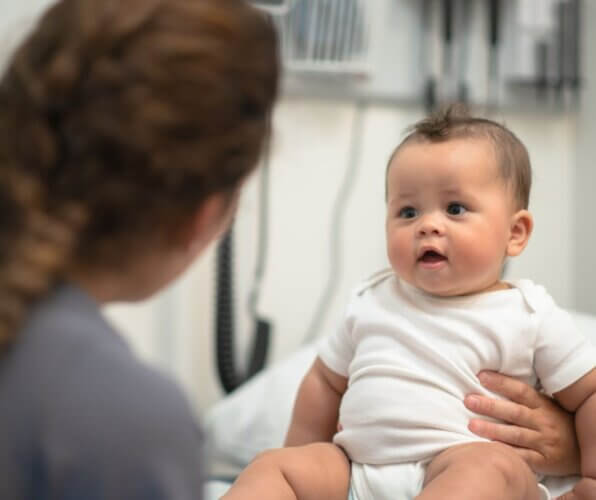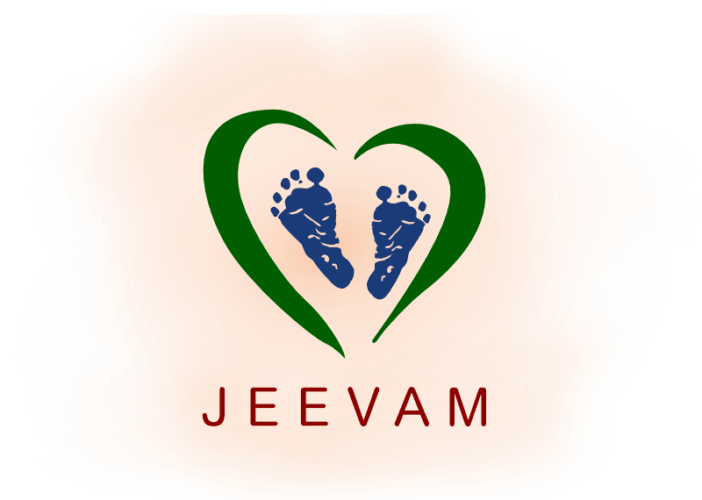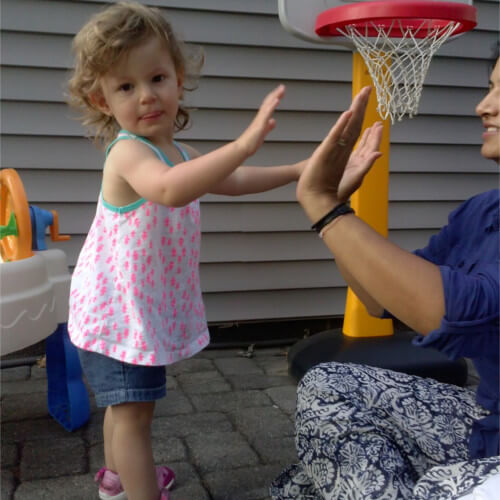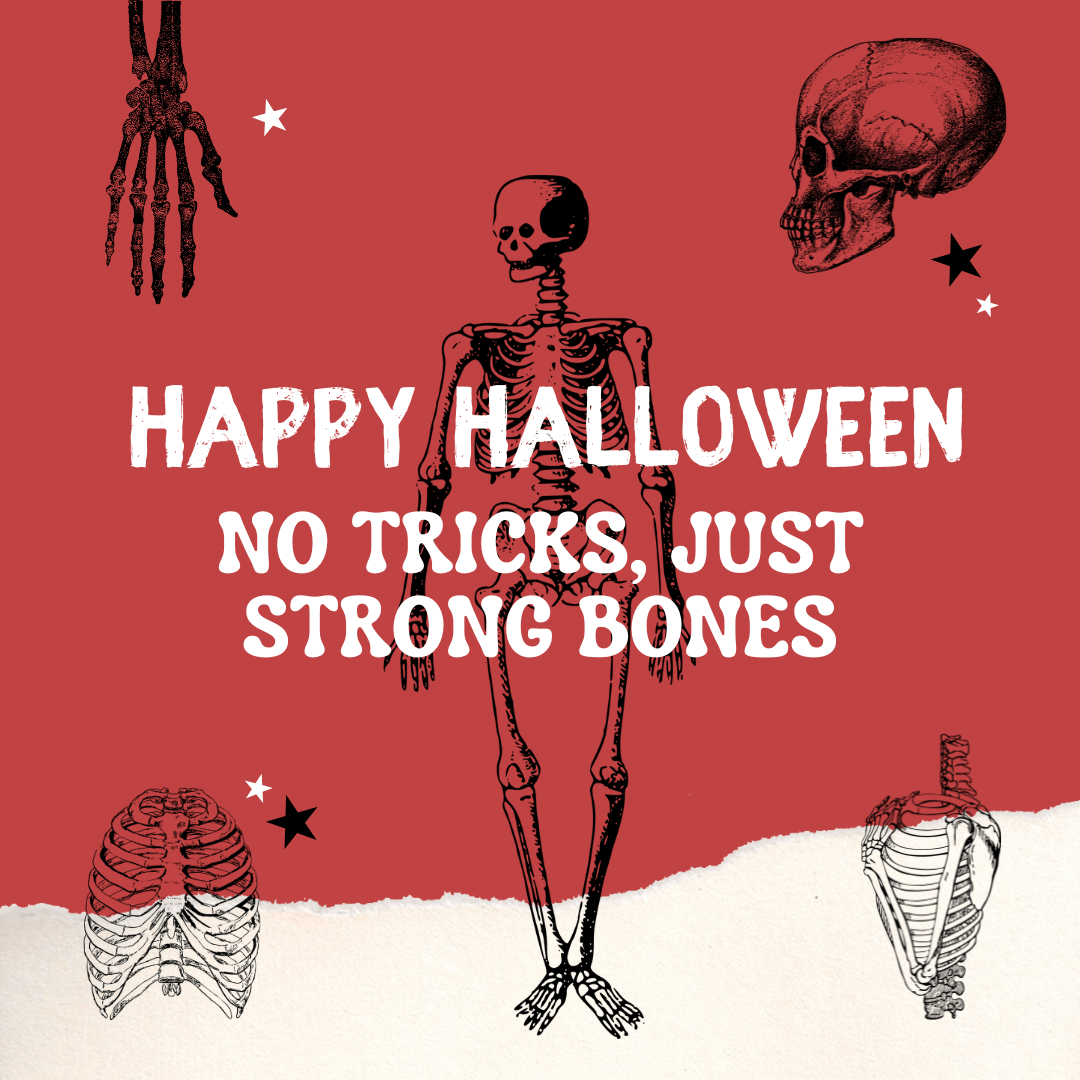
What is VACTERL Association?
VACTERL is an acronym that stands for vertebral abnormalities, anal atresia, cardiac abnormalities, tracheoesophageal fistula, renal abnormalities, and limb abnormalities. People who have VACTERL association have three or more of the complications. “Abnormality” is a common medical term for a deformity.
VACTERL is also recognized as VATER syndrome representing vertebral abnormalities, anal atresia, tracheoesophageal fistula, and renal abnormalities.
While children with VACTERL association may experience challenges in their day-to-day life, their deformities typically pose no threat to their lives. Instead, the abnormalities and associated symptoms that each person experiences are targeted for treatment.
Who Gets VACTERL Association?
It may be brought on by a combination of factors, both genetic and environmental. VACTERL tends to manifest before birth but if the symptoms after birth are not noticeable then a person may not be diagnosed until later in childhood or adulthood.
Data suggests that women with diabetes may be more likely to give birth to children who have VACTERL. However, it is not common for people to inherit VACTERL from their families and pass it down to future generations.
What are the Signs & Symptoms of VACTERL Association?
Each child with VACTERL or VATER syndrome may face…
Vertebral abnormalities – Spine-related abnormalities or malformations, which occasionally affect the ribs.
It may include extra ribs, fused bones, missing or extra bones, unusually formed bones, spinal curvature, or scoliosis.
Anal abnormalities – A malformed anus including anal atresia which means that the anus’ entrance is absent or obstructed.
Bloating, vomiting, and absence (or light and irregular) of bowel motions are all indications of anal atresia.
For women, there is a risk of poor infertility when trying to get pregnant.
Cardiac abnormalities – Shortness of breath or difficulty breathing, exhaustion, blue skin tone, an abnormal heart rhythm, a heart murmur, a rapid heartbeat, and an inability to gain weight or a poor appetite are all indicators that a child has a heart condition.
Trachea and Esophageal abnormalities – The trachea is more frequently referred to as your windpipe, while the esophagus is the tube through which food passes when you swallow. In VACTERL Syndrome, these tubes are frequently connected by a fistula, which is simply a hole or passage between the two tubes and allows food to enter the airway. Typically, the tubes are not connected.
Esophageal atresia – The esophagus has a pouch-like end and is not connected to the stomach properly.
Having difficulty swallowing (including coughing or choking while eating), aspirating food into the lungs, becoming blue in color, having a weak appetite and gaining weight, having a large abdomen, and vomiting are all symptoms of tracheal-esophageal involvement.
Renal abnormalities – Kidneys are a problem for about half of all VACTERL association people.
The kidneys can come in a variety of shapes and sizes. There may be a missing or deformed kidney or kidneys that are misplaced in the body. There may also be restricted urine flow.
Boys who have hypospadias may have a urethral entrance that may be on the bottom of the penis rather than the tip. Urinary tract infections are more likely to occur in kids who have any of these symptoms.
Limb differences – The limbs of many children with VACTERL association are different, with some having extra fingers or toes, webbed fingers or toes, missing or undeveloped thumbs, and underdeveloped forearms.
What Causes Vacterl Association?
VACTERL association is a complicated illness that can have several causes depending on the individual. The syndrome may occur in certain individuals by the combination of several hereditary and environmental variables.
There are some documented genetic & environmental factors as well as potential ones that need further investigation.
Since the VACTERL association develops before birth, it negatively impacts the fetal development of the baby which then harms the bodily systems. It is unclear why specific traits of VACTERL association tend to cluster together.
What is the Treatment for VACTERL Association?
The treatments for VACTERL association for most patients are surgery, medicine, physical therapy, or occupational therapy.
Children with “structural” symptoms including anal atresia, esophageal fistula or atresia, heart conditions, and spinal deformities are frequently treated with surgery.
Some treatments are administered as soon as symptoms appear in the child, while other treatments may need to be done later.
Supportive care like physical therapy can be beneficial in treating or minimizing the symptoms or side effects of the illness. In addition, physical therapy may be recommended before or after a surgery.
How Can Physical Therapy Help A Person with VACTERL Association?
Every child with Vacterl syndrome faces unique challenges, so the course of physical therapy recommended will vary on a case-by-case basis. Your first appointment at Jeevam Therapy will involve lots of discussion about your child’s diagnosis and challenges, along with some mild tests. Once we know the specific issues your child is facing and have assessed them with some simple strength, balance and other tests, we will be able to design a tailor-made physical therapy regimen for them.
Physical therapy can help a child strengthen their body and immune system in preparation for surgery, in addition to helping with pain management and recovery after an operation. Building muscle strength and range of motion can be achieved by physical or occupational therapy. Working with a physical therapist can also help with body mechanics, posture, and other physical challenges your child faces. The goal is to help your child enjoy life to the fullest, despite their disability.
Request an appointment with Jeevam Therapy here.
Learn more about physical therapy and VACTERL association here.
References
Santos, J., Nogueira, R., Pinto, R., Cerveira, I., & Pereira, S. (2013, February 5). First trimesterdiagnosis of Vacterl Association. Clinics and practice. Retrieved February 14, 2023, from https://www.ncbi.nlm.nih.gov/pmc/articles/PMC3981235/#:~:text=Vertebral%20defects%20are%20not%20easily,more%20likely%20beyond%2027%20weeks
The Children’s Hospital of Philadelphia. (2022, May 26). Vacterl Association (VATER syndrome). Children’s Hospital of Philadelphia. Retrieved February 14, 2023, from https://www.chop.edu/conditions-diseases/vacterl-association-vater-syndrome#:~:text=The%20majority%20of%20people%20with,light%20and%20irregular)%20bowel%20movements
Researchers at Baylor College of Medicine Report Research in Tracheoesophageal Fistula [In vitro fertilization outcomes in VACTERL association (vertebral defects, anal atresia, cardiac defects, tracheoesophageal fistula, renal anomalies and limb …]. (2022, October 20). Women’s Health Weekly, 5021. Retrieved March 22, 2023, from https://link-gale-com.ezproxy.montclair.edu/apps/doc/A722626322/GBIB?u=mntclrsu_main&sid=ebsco&xid=cf657dbe
U.S. National Library of Medicine. (n.d.). Vacterl association: Medlineplus genetics. MedlinePlus. Retrieved February 13, 2023, from https://medlineplus.gov/genetics/condition/vacterl-association/#causes
Vacterl Association. National Organization for Rare Disorders. (2023, January 12). Retrieved February 14, 2023, from https://rarediseases.org/rare-diseases/vacterl-association/
Vater syndrome: Symptoms, causes & treatment. Cleveland Clinic. (n.d.). Retrieved February 14, 2023, from https://my.clevelandclinic.org/health/diseases/24083-vater-syndrome



